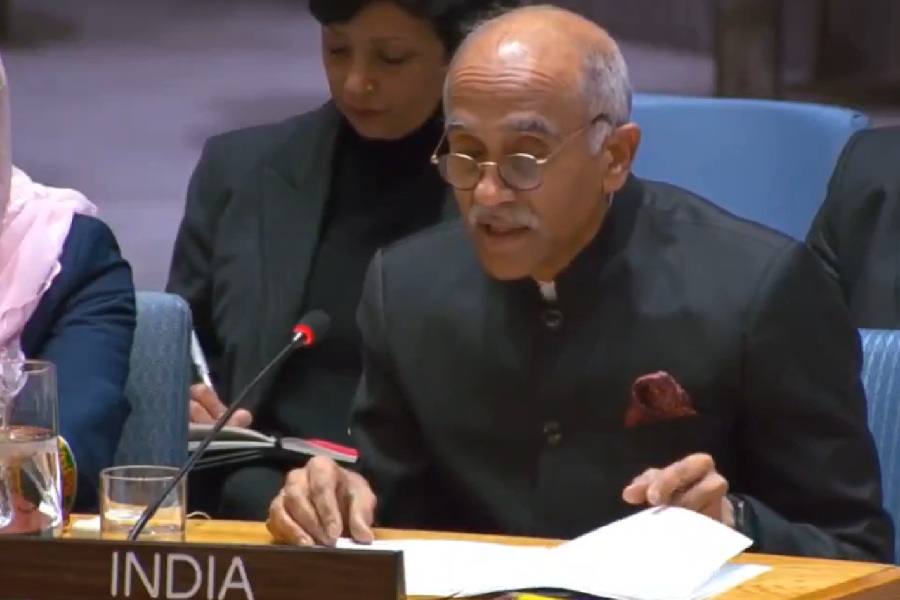Long-term exposure to air pollution could contribute to anaemia among women of reproductive age through systemic inflammation triggered by inhalation of tiny particulate matter (PM) smaller than 2.5 microns, researchers have cautioned.
A team of researchers at the Indian Institute of Technology, New Delhi, and St John’s Medical College, Bangalore, has established a correlation between exposure to PM2.5 and anaemia prevalence in women aged between 15 and 49 years.
India has the highest prevalence of anaemia among women in this age group — an average 53 per cent — and efforts to combat anaemia through iron supplementation appear to have had limited impact on the prevalence.Now, the IIT-St John’s team has found that for every 10 microgram per cubic metre increase in exposure to PM2.5, the average anaemia prevalence among women in the reproductive age increases by about 7 per cent.
The study, led by Sagnik Dey, assistant professor at the Centre for Atmospheric Sciences at the IIT and Santu Ghosh, assistant professor of biostatistics at St John’s, has indicated that exposure to sulfate and black carbon particles were more associated with anaemia than tiny organic or dust particles.
Their findings were published in the research journal Nature Sustainability.Their findings also suggest that if India is able to meet its clean air targets, anaemia prevalence among women in the reproductive age would fall from the current 53 per cent to about 39 per cent.
Air pollution has long been linked to multiple illnesses and premature deaths from cardiovascular disorders, respiratory disease, diabetes, and even low-birth weight.“To that list, we may now add anaemia,” environmental health scientists Ajay Pillarisetti, at the University of California, Berkeley, and Kalpana Balakrishnan, at the Sri Ramachandra Institute of Higher Education and Research, Chennai, wrote in a joint commentary on the IIT-St John’s findings in the journal.
Anaemia in this age group has substantial and far-reaching consequences, including poor maternal health and perinatal outcomes for the women, they wrote, discussing the study that presents population-level evidence that air pollution is associated with anaemia in women.Dey, working with collaborators at the St John’s, had generated evidence last year from a national family health survey in 2015-16 that exposure to PM2.5 may also contribute to anaemia in children aged below five years.
That study has found that for every 10 microgram per cubic metre increase in PM2.5 exposure, the average anaemia prevalence increased by 1.9 per cent. At the individual level, every 10 microgram per cubic metre increase in PM2.5 exposure, the average haemoglobin decreased by 0.14 gram per dl.










